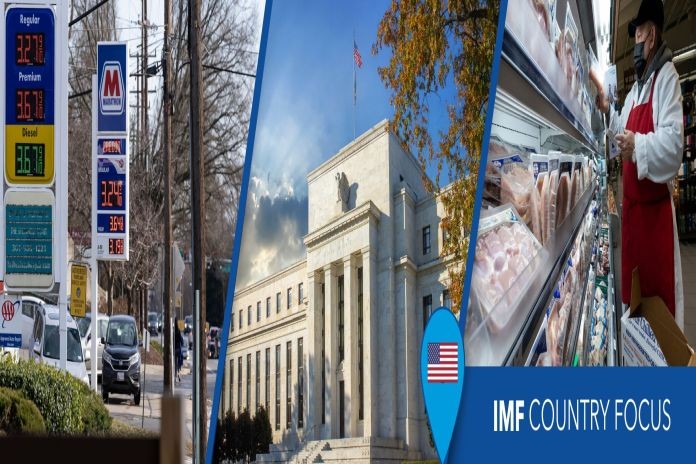By Andrew Hodge
The US Federal Reserve has been raising interest rates to restore price stability and to bring balance to the labor market. The demand for new hires is exceeding the supply of available workers in the US, as the unemployment rate has fallen to its lowest level in over 50 years, and this has contributed to higher inflation.
To help bring the economy back into balance, IMF analysis shows that staying the course and keeping interest rates elevated this year will tame inflation. Although these higher rates will temporarily increase unemployment, they will pave the way for stable inflation and sustainable economic growth, which will ultimately help create more jobs in the future.
When prices began rising in 2021, they were initially limited to goods affected by pandemic-related disruptions, such as vehicles. However, by early 2022, rising prices had spread to housing and other services such as hotels and restaurants. Growth of prices in the personal consumption expenditure index is now around 5½ percent, well above the 2 percent target.
A hot labor market
Since mid-2021, as the US economy rapidly recovered, the demand for workers has far outstripped the supply. Workers have become more likely to quit jobs and look for new ones, and early retirements have also held down the supply of available workers. These factors have ultimately increased workers’ bargaining power to negotiate pay raises, contributing to both higher wages and prices, as firms increased prices to cover rising wage costs. This has especially been the case in labor-intensive industries, such as hotels and restaurants.
A balancing act
The Fed’s mandate is to achieve price stability and maximum employment. To achieve these, model-based analysis by Fund staff using the Fed’s FRBUS model shows that the Fed could achieve these goals by raising interest rates to a peak of 4-5 percent, sustaining that for around 1-1½ years, taking into account workers’ strong bargaining position and the high number of vacancies per unemployed worker. The higher interest rates would weaken the demand for workers and increase unemployment modestly. This would reduce the pressure for large wage and price increases, particularly in the services sector, helping to lower inflation.
Where things stand
Most Federal Open Market Committee members project further interest rate hikes, so that the federal funds rate would remain around 5–5½ percent at the end of 2023. There are encouraging signs that the Fed’s policy moves are having the intended impact. Inflation slowed in the last quarter of 2022 (relative to the summer), driven by declining goods prices. However, inflation in services prices remains elevated and will likely only fall once wage growth slows.
Bringing inflation down to the Fed’s 2 percent target is crucial for stable job growth and sustainable increases in incomes over the medium to long-run, and it will offset the cost of temporarily higher unemployment.
Andrew Hodge is a Senior Economist in the IMF’s Western Hemisphere Department.





